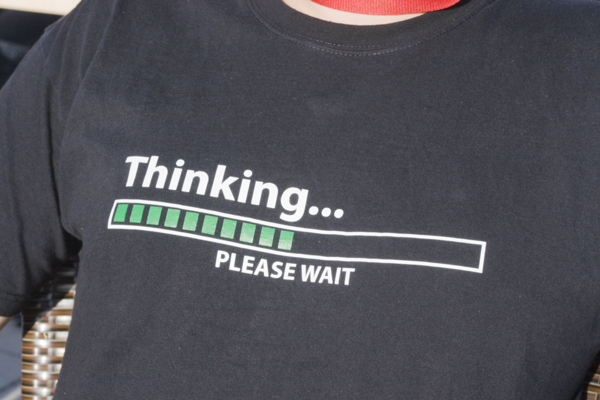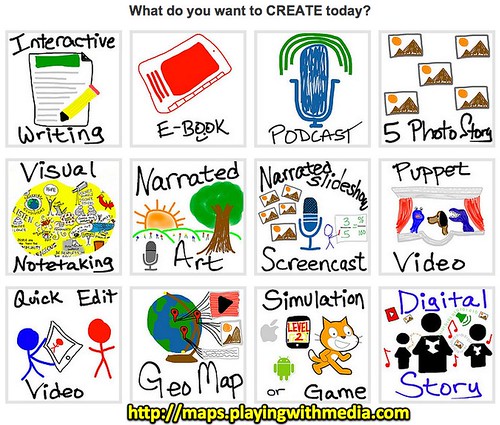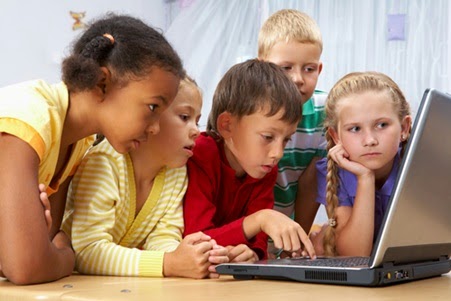 |
| Photo credit to Karola Riegler on Flickr |
I survived EME2040 the class the class I have been putting off taking for the last two years, now in my last semester to graduate I decide to not only take the class but, also to take it online something I personally would not have chosen to do however, because of my limited transportation and finance tissues I had to go beyond my comfort traditional preferences of ground campus classes to online just to finish my last two courses. Although I finished the course I still do not have a full picture on all the technology teachers use on a day to day bases it just seems like teachers use more technology than I can say I learned going into the world of education as a soon to be teacher. Maybe it’s because this class is an introductory class I am not sure. In addition I thought in this class I would learn how to use the programs that teachers in the school systems use such as the smart board, the grading system and just some of the programs they use to do the lesson plans so we as beginning teachers at least would have been exposed to the programs and have some knowledge of how to use the programs.
I just thought we could have done a little
more to prepare us from an actual classroom setting stand point. I think maybe
for the future it would not be such a bad idea to show becoming teachers a
little bit of the world of a teacher other than showing just the teacher
teaching students there is so much more that we need such as classroom
management some teachers are skilled and are good teachers but, lack strong
classroom management skills. This is an area I have not heard too much about
since I first enrolled back in 2011 in education this is not taught a whole lot
it has been a hit and miss, however, this is a big problem for new teachers. Other
than this the part of the course I really liked was the webpage and the
instructional wiki. All I could think about was how is this going to be a group
project we do not see each other like we do at a ground campus I was trying to
figure that one out. Again all I could say was oh that’s how it works. I liked
the end presentation when all of it came together I was impressed by how
creative it was showing how different we all are and some strategies we could
use to help aid in learning with these differences.
When I first started
the webpage it was hard for me to understand how to use the drag and drop I did
not see where it told me to do that maybe I just didn't see it. But after I got
the hang of it I stated to outdo myself, I shocked my own self! How good of a
job I did on my webpage I must say so myself. I did not know I could also use
the webpage as a portfolio to show from a professional stand point to show off
a little bit of my work. I liked that because I have never took the time to put
together one and I did not know for education this maybe a good way for me to
show my work that could set me aside from another candidate applying for the
same teaching position I maybe applying for. I just did not think I needed to I
thought the old fashion resume and cover letter was good enough however, now I
think this is a better way. Thank you for enlightening me to see beyond the traditional
ways when I think about it that’s what 21st century learning is all about
seeing things in a new way.
Resources:
Maloy, Robert,
Verock-O’Loughlin,Ruth-Ellen, Edwards, Sharon A., and Woolf, Beverly Park
(2013). Transforming Learning with New Technologies. 2nd Edition. Boston, MA:
Pearson Education, Inc














%2Bdoc%2Bkid.jpg)



